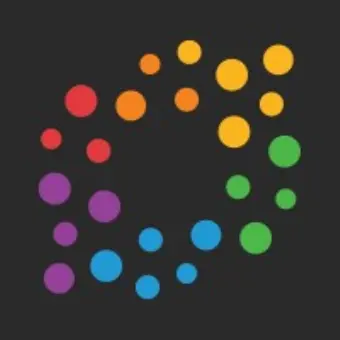Stem Cell Scientist

Conception
This job is no longer accepting applications
See open jobs at Conception.See open jobs similar to "Stem Cell Scientist" Compound Portfolio.Experience level: PhD or equivalent work experience.
The position
We are currently looking to hire a Scientist with experience in differentiating tem cells into complex cell types. The Scientist position would involve leading a research project of core importance to our overall work.
Our mission
Conception is a startup with the mission of generating viable human eggs from induced pluripotent stem cells (iPSCs). Successful development of our research could have many benefits, such as removing age limits on motherhood, allowing for easy screening of eggs with harmful genetic mutations, and allowing same-sex couples to reproduce. This has been done in mice, and now we are working to translate it to humans.
Our research
To accomplish our goal, we must derive human germ cells from iPSCs (human germ cell-like cells, hPGCLCs) that resemble both the transcriptional and epigenetic profile of in vivo germ cells (PGCs) that are able to enter meiosis and develop to viable human eggs. We create ovarian organoids from primary cells and stem cell derived cells to help the eggs develop properly.
What we are looking for
We have multiple experiment lines currently ongoing to accomplish this goal, and we’re looking to expand our team. Mission alignment as well as a solid scientific background with a reliable track-record in executing experiments is something we strongly care about.
While expertise is valued, we can provide training in areas of inexperience if you are passionate about our goal. There is no requirement for prior experience working on reproductive cells or iPSCs -- we love it when people come to work with us from different backgrounds and bring new ideas and techniques to our lab.
Come and work with us
We are well funded and well connected in Silicon Valley. We offer competitive pay, company equity, and excellent healthcare benefits for these positions.
To learn more about the original mouse proof of concept to live birth that inspired us, see https://www.nature.com/articles/nature20104
To learn more about us, our mission, and approach you can read two features published by The New Yorker and MIT Technology Review.
This job is no longer accepting applications
See open jobs at Conception.See open jobs similar to "Stem Cell Scientist" Compound Portfolio.